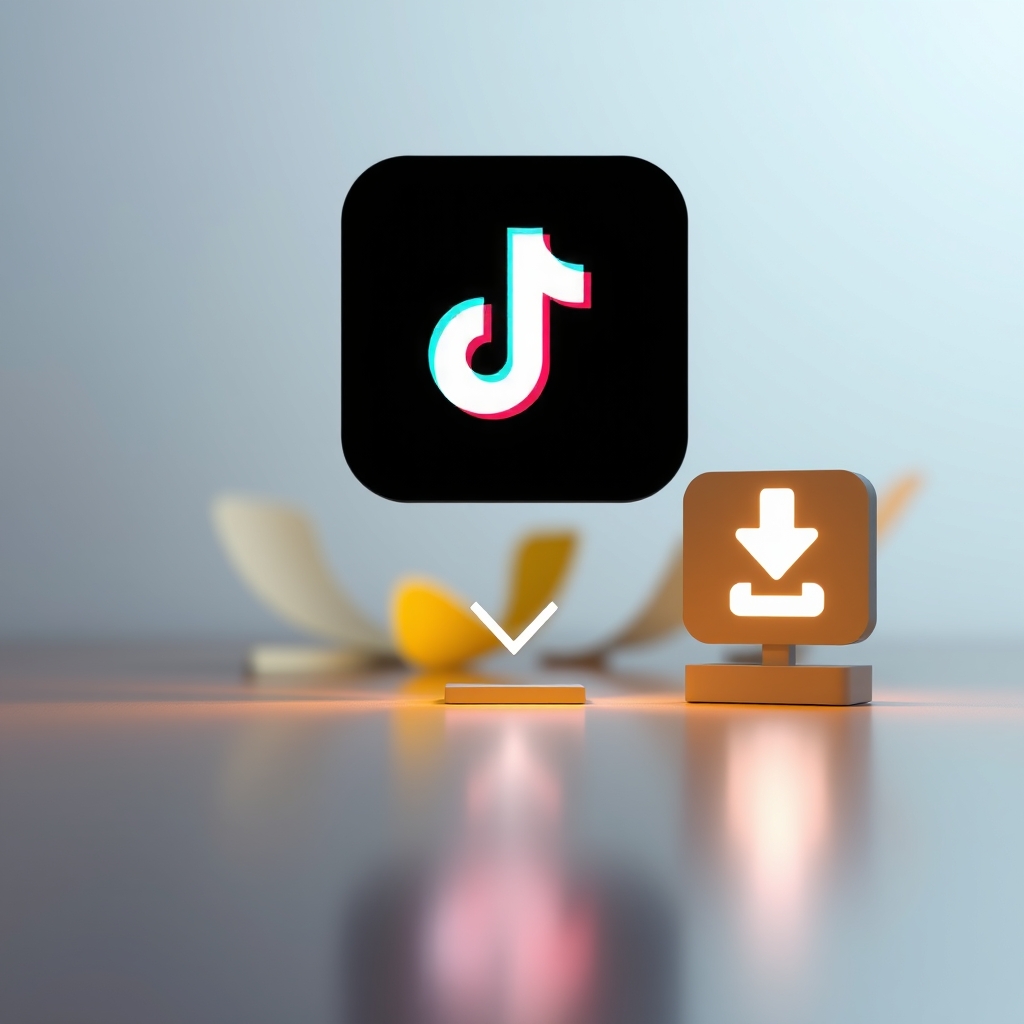TikTok Content Downloader API vs TikTok Video Downloader API: What to Choose?

In the rapidly evolving landscape of social media, TikTok has emerged as a dominant platform for video content creation and sharing. As developers seek to integrate TikTok functionalities into their applications, two prominent APIs have gained attention: the TikTok Content Downloader API and the TikTok Video Downloader API. This blog post will provide a comprehensive comparison of these two APIs, exploring their features, use cases, performance, and scalability, ultimately guiding developers in choosing the right API for their needs.
Overview of Both APIs
The TikTok Content Downloader API is designed to facilitate the downloading of TikTok videos, enhancing content sharing and saving capabilities across various platforms. This API allows users to integrate video download functionality seamlessly into their projects, making it a versatile tool for content utilization and engagement.
On the other hand, the TikTok Video Downloader API offers a powerful solution for fetching and downloading TikTok videos. It emphasizes simplicity, security, and compliance, providing developers with a standardized interface to interact with TikTok's video repository. This API is built on a RESTful architecture, making it accessible to a wide range of users and applications.
Feature Comparison
TikTok Content Downloader API Features
One of the primary features of the TikTok Content Downloader API is its ability to download videos. To utilize this feature, users must provide the URL of the TikTok video they wish to download. This straightforward process allows for quick integration into applications.
{
"download_url": "https://example.com/download/video123",
"description": "A fun TikTok video showcasing dance moves.",
"image_src": "https://example.com/image/video123.jpg"
}In the example response, the download_url field provides the link to the downloaded video, while the description field offers context about the video content. The image_src field contains a thumbnail image associated with the video, which can be useful for displaying previews in applications.
TikTok Video Downloader API Features
Similarly, the TikTok Video Downloader API also features a video download capability. Users must specify the URL of the TikTok video they want to download, making it easy to fetch the desired content.
{
"download_url": "https://example.com/download/video456",
"description": "An engaging TikTok video about cooking.",
"image_src": "https://example.com/image/video456.jpg"
}In this response, the structure mirrors that of the Content Downloader API, with fields for download_url, description, and image_src. This consistency in response structure can simplify integration for developers who may choose to work with both APIs.
Example Use Cases for Each API
The TikTok Content Downloader API is particularly useful for applications focused on content sharing and republishing. For instance, a social media management tool could leverage this API to allow users to download TikTok videos for reposting on their own profiles, enhancing user engagement and content variety.
Conversely, the TikTok Video Downloader API is ideal for applications that require a more structured approach to video data retrieval. For example, a content aggregation platform could utilize this API to fetch TikTok videos along with their metadata, enabling users to discover and analyze trending content across various categories.
Performance and Scalability Analysis
When considering performance, both APIs are designed to handle a significant volume of requests efficiently. The TikTok Content Downloader API is optimized for quick downloads, ensuring that users can access videos without noticeable delays. This is particularly important for applications that prioritize user experience and responsiveness.
The TikTok Video Downloader API also boasts robust performance, with its RESTful architecture allowing for scalable interactions with TikTok's video repository. This scalability is crucial for applications that anticipate high traffic or require real-time data retrieval.
Pros and Cons of Each API
TikTok Content Downloader API
- Pros:
- Easy integration with clear documentation.
- Supports multiple programming languages.
- Focuses on enhancing content sharing capabilities.
- Cons:
- Limited to video downloading without additional metadata.
- May not provide extensive customization options.
TikTok Video Downloader API
- Pros:
- Offers structured data retrieval with metadata.
- RESTful architecture enhances compatibility.
- Supports various data formats for flexibility.
- Cons:
- Potentially more complex integration compared to simpler APIs.
- May require additional handling for data parsing.
Final Recommendation
Choosing between the TikTok Content Downloader API and the TikTok Video Downloader API ultimately depends on the specific needs of your application. If your primary goal is to enable users to download TikTok videos easily and enhance content sharing, the Content Downloader API is likely the better choice. Its straightforward integration and focus on video downloading make it ideal for social media applications.
However, if your application requires a more comprehensive approach to video data, including metadata and structured responses, the Video Downloader API would be more suitable. Its RESTful architecture and ability to fetch detailed video information can significantly enhance content aggregation and analysis capabilities.
In conclusion, both APIs offer valuable functionalities for developers looking to integrate TikTok video downloading capabilities into their applications. By understanding the strengths and weaknesses of each API, developers can make informed decisions that align with their project requirements.
Want to use TikTok Content Downloader API in production? Visit the developer docs for complete API reference.
Looking to optimize your TikTok Video Downloader API integration? Read our technical guides for implementation tips.





